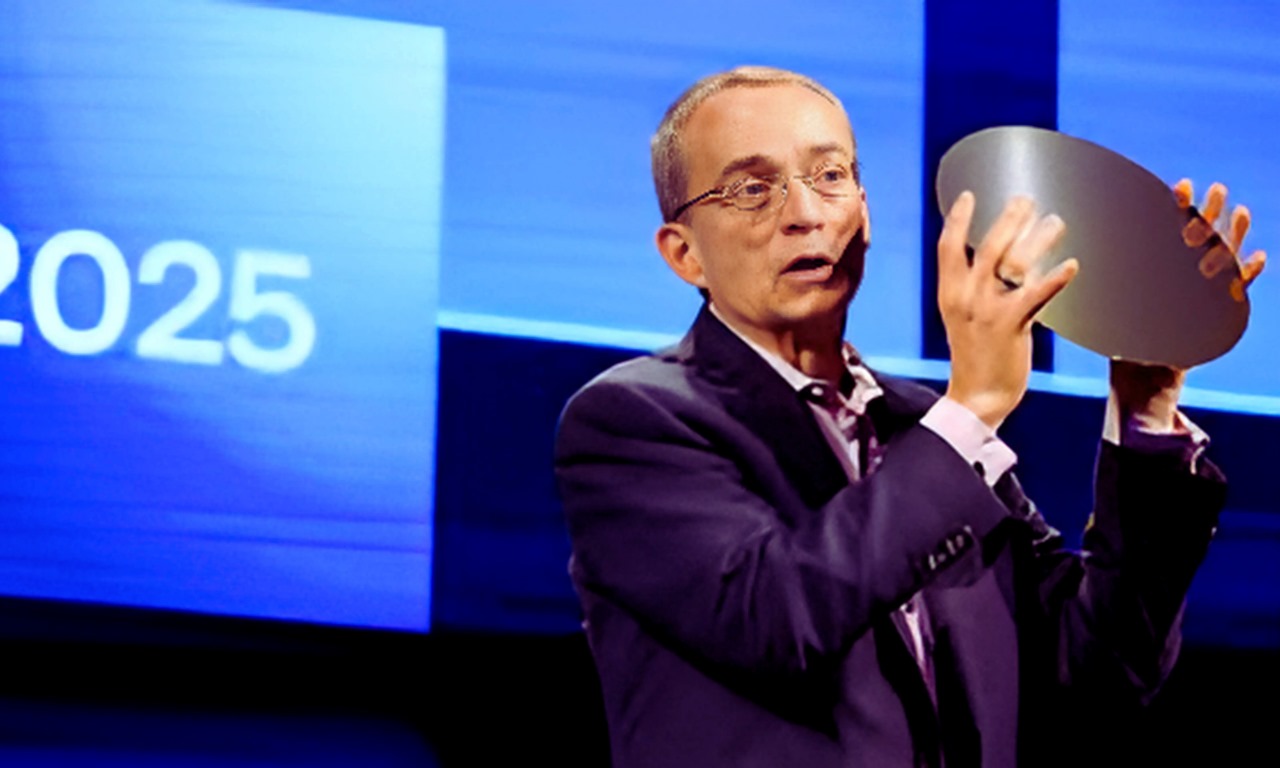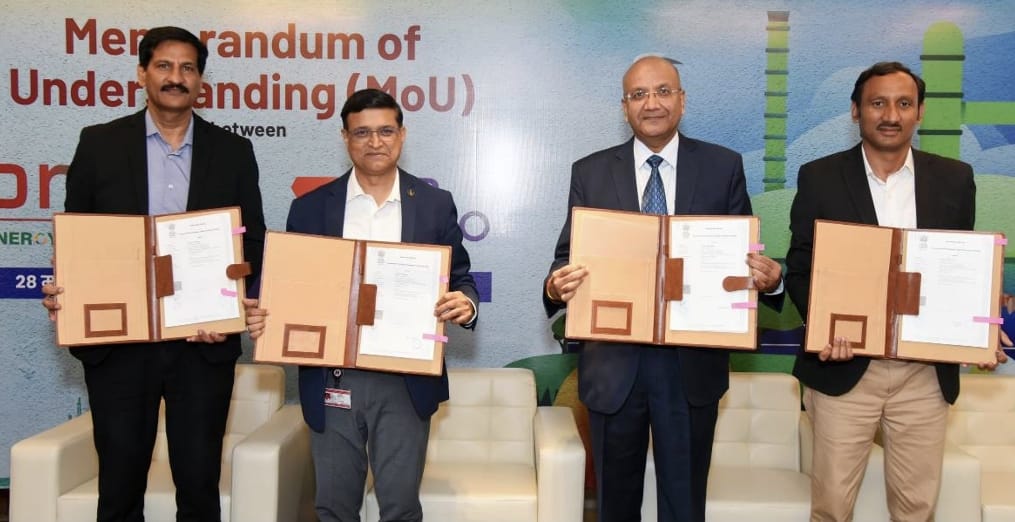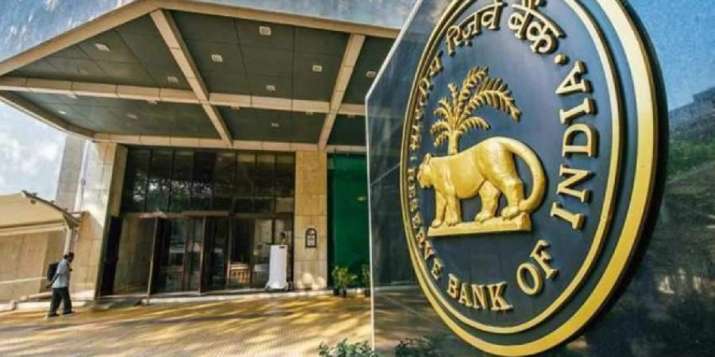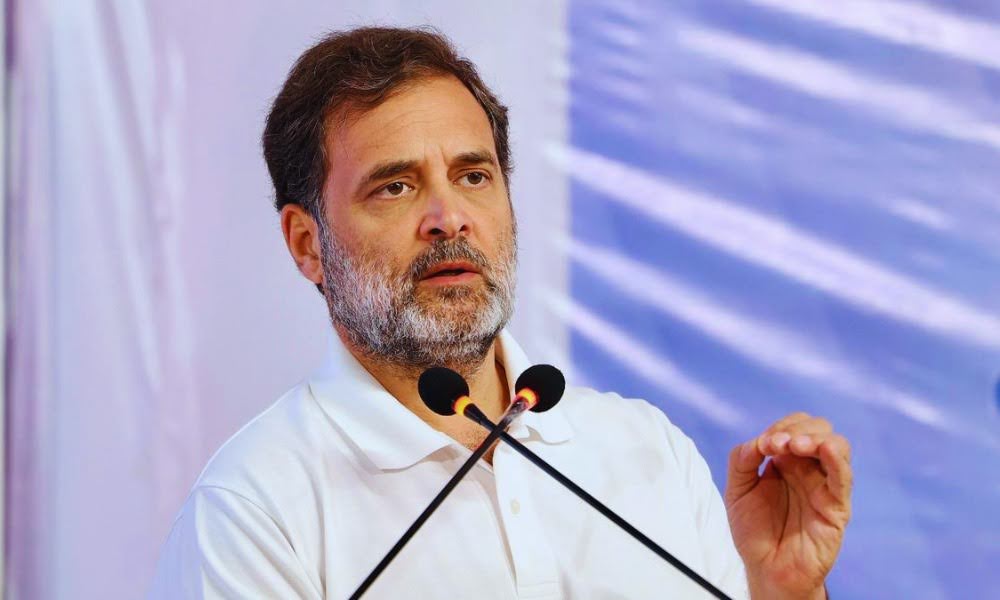Intel CEO Pat Gelsinger Steps Down Amid Boardroom Clash Over Turnaround Strategy

Pat Gelsinger, Intel’s long-standing CEO, has retired, concluding an illustrious four-decade career that significantly influenced the tech industry and Intel’s growth.
Bloomberg reports that Intel’s board, dissatisfied with Gelsinger’s leadership during a recent performance review, gave him an ultimatum: resign or be removed. Gelsinger chose to step down.
Starting his Intel journey in 1979 as a young engineer, Gelsinger quickly rose through the ranks, becoming the company’s first Chief Technology Officer.
Returning as CEO in 2021 after a period away, he faced the daunting task of navigating Intel through a rapidly evolving and competitive semiconductor landscape. His retirement comes as Intel struggles against strong competitors like NVIDIA and AMD.
Intel’s CEO Pat Gelsinger Retires
Gelsinger’s exit also involves stepping down from Intel’s board of directors. To manage the leadership gap, the company has appointed David Zinsner and Michelle Johnston Holthaus as interim co-CEOs.
While Zinsner, Intel’s Chief Financial Officer, has played a crucial role in steering the company’s financial strategies, Holthaus brings expertise from overseeing Intel’s key business divisions.
A search for a permanent CEO is underway as Intel seeks to regain momentum in the semiconductor market. Intel’s challenges extend beyond leadership, including reduced federal funding for its semiconductor manufacturing projects.
Earlier this year, the Biden administration pledged up to $8.5 billion in direct funding for Intel and $11 billion in loans as part of efforts to bolster the U.S. semiconductor industry. However, Intel’s share of these funds was later reduced, partly due to a separate $3 billion military chip supply contract.
Although these funding changes are not directly tied to Intel’s financial difficulties, they come amid ongoing struggles. In August, the company announced layoffs affecting 15% of its workforce, approximately 15,000 employees, to cut costs.
Intel’s unique model of designing and manufacturing its own chips has proven expensive as competition intensifies.
Interim executive chair Frank Yeary, the independent chair of Intel’s board, commended Gelsinger for his contributions, particularly in revitalizing Intel’s semiconductor manufacturing and fostering innovation. Despite these efforts, Intel’s future remains uncertain as it battles challenges in maintaining its competitive edge.
A Four-Decade Legacy
Pat Gelsinger’s contributions to Intel are monumental. Joining at just 18 years old, he was instrumental in shaping groundbreaking technologies like USB and WiFi, which revolutionized global connectivity.
As Senior Vice President and General Manager of the Digital Enterprise Group, he oversaw pivotal projects, including the original 80486 processor and the development of Intel’s Core and Xeon processor families.
His leadership extended to advanced semiconductor manufacturing, ensuring Intel stayed at the forefront of global demand. Gelsinger’s contributions earned him a spot in the National Academy of Engineering in 2023, cementing his legacy as a tech pioneer.
However, Gelsinger’s recent tenure faced hurdles. Intel struggled to compete with NVIDIA in the AI chip market and missed opportunities with new technologies.
The company also faced criticism for delays in its next-generation 18A chipmaking process and instability with its CPUs. Gelsinger’s plans to spin off Intel’s chipmaking business and halt semiconductor factory projects in Poland and Germany underscored these difficulties.
Interim Leadership and New Strategic Directions
Despite receiving nearly $8 billion in government funding under the CHIPS and Science Act, Intel’s chipmaking division reported a $7 billion loss in 2023. Cost-cutting measures, including the layoff of over 15,000 employees, aim to save $10 billion as Intel restructures.
In a heartfelt post on X (formerly Twitter), Gelsinger expressed gratitude for his time at Intel, writing, “Leading Intel has been the honor of my lifetime. I am forever grateful for the many colleagues… and can look back with pride at all that we have accomplished together.”
Speculation about Intel’s future includes potential acquisitions, with Qualcomm rumored to be a prospective buyer. However, Qualcomm CEO Cristiano Amon dismissed these claims, stating, “We have not identified any large acquisition that is necessary.”
As Intel launches its new Arc GPUs and navigates its competitive challenges, the company faces significant pressure to regain its standing in the semiconductor industry.
The next phase of leadership will be pivotal in determining Intel’s ability to overcome these hurdles and reclaim its position as an industry leader.








